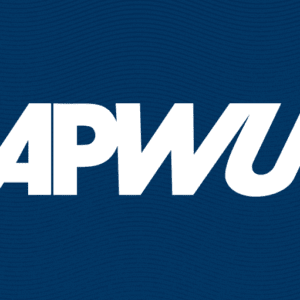March 26, 2012
USPS Explanation of Secret Study Is Misleading, Inaccurate, Union Charges
The Postal Service’s recent attempt to justify the decision to keep market research secret is misleading and inaccurate, the APWU has charged. The research, which was conducted in August and September 2011, indicates that revenue losses from the USPS plan to degrade service standards could eliminate any potential savings from consolidating or closing 223 mail processing centers.
Contrary to the Postal Service’s March 23 press release, the survey did not ask customers whether they “would lessen their use of the mail if the Postal Service immediately imposed price increases, service standard changes, altered delivery frequency, realigned its network of mail processing facilities and other actions.”
In fact, on March 9, the USPS specifically denied that it had asked respondents about the combined effect of cost-saving proposals. In a document filed with the Postal Regulatory Commission (PRC), the Postal Service declared that it “has conducted no ‘combined impact’ analysis” of the proposals.
An introductory statement to the survey said the USPS is “exploring several changes.” There is no mention of immediately imposing any of the changes — let alone all of them at once. The APWU believes the response would have been even stronger, if, as the USPS press release inaccurately claims, the survey asked customers how they would respond if the USPS implemented all the proposals mentioned.
Furthermore, the research was not “canceled” as the Postal Service’s press release reports. All of the intended surveys were completed and compiled. Once postal officials saw the preliminary results, they decided not use them. Instead, they elected to conduct a second survey in October and November. This decision may have delayed the filing of the case with the PRC, which had been announced and expected in early October, but was not filed until Dec. 5.
Not surprisingly, the results of the second survey were far less damaging to the Postal Service’s rationale for degrading service standards.
Rebecca Elmore-Yalch, vice president of Opinion Research Corporation, the firm that conducted both studies for the Postal Service, testified before the PRC that the first survey may not have answered the question USPS wanted answered, however, she maintained that, “It was very good research. . .” and it is “very useful.”
The customer response may well be even stronger than measured in the survey. The Postal Service reduced the predicted volume loss substantially, using a large “likelihood” factor — the probability that a customer would reduce mail less than reported. The Postal Service Regulatory Commission rejected this method in a previous case, Docket N2010-1, but the USPS continued to use it in this case nonetheless.



